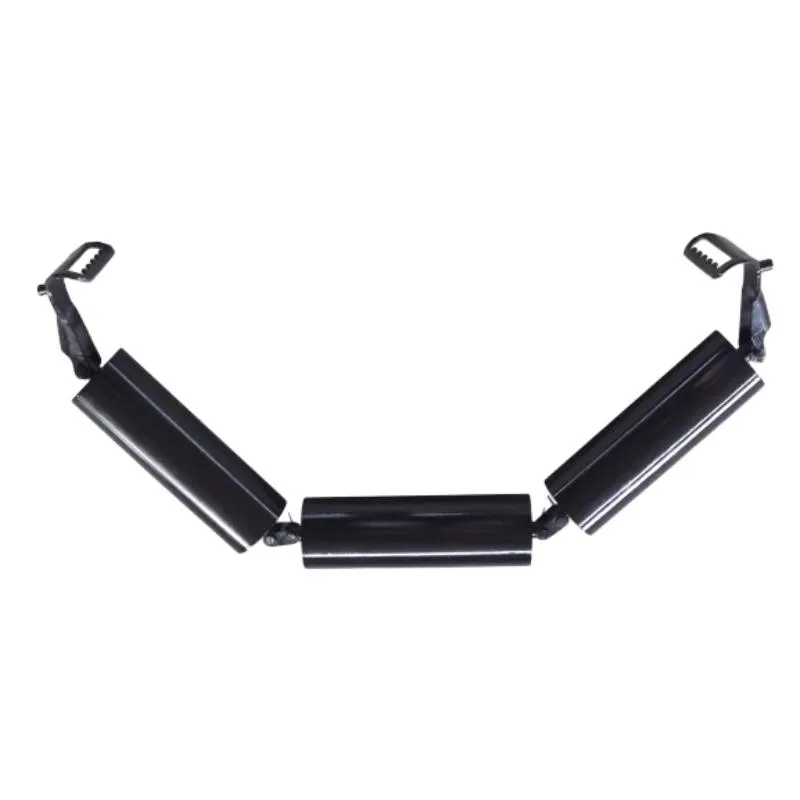 Afrikaans
Afrikaans  Albanian
Albanian  Amharic
Amharic  Arabic
Arabic  Armenian
Armenian  Azerbaijani
Azerbaijani  Basque
Basque  Belarusian
Belarusian  Bengali
Bengali  Bosnian
Bosnian  Bulgarian
Bulgarian  Catalan
Catalan  Cebuano
Cebuano  Corsican
Corsican  Croatian
Croatian  Czech
Czech  Danish
Danish  Dutch
Dutch  English
English  Esperanto
Esperanto  Estonian
Estonian  Finnish
Finnish  French
French  Frisian
Frisian  Galician
Galician  Georgian
Georgian  German
German  Greek
Greek  Gujarati
Gujarati  Haitian Creole
Haitian Creole  hausa
hausa  hawaiian
hawaiian  Hebrew
Hebrew  Hindi
Hindi  Miao
Miao  Hungarian
Hungarian  Icelandic
Icelandic  igbo
igbo  Indonesian
Indonesian  irish
irish  Italian
Italian  Japanese
Japanese  Javanese
Javanese  Kannada
Kannada  kazakh
kazakh  Khmer
Khmer  Rwandese
Rwandese  Korean
Korean  Kurdish
Kurdish  Kyrgyz
Kyrgyz  Lao
Lao  Latin
Latin  Latvian
Latvian  Lithuanian
Lithuanian  Luxembourgish
Luxembourgish  Macedonian
Macedonian  Malgashi
Malgashi  Malay
Malay  Malayalam
Malayalam  Maltese
Maltese  Maori
Maori  Marathi
Marathi  Mongolian
Mongolian  Myanmar
Myanmar  Nepali
Nepali  Norwegian
Norwegian  Norwegian
Norwegian  Occitan
Occitan  Pashto
Pashto  Persian
Persian  Polish
Polish  Portuguese
Portuguese  Punjabi
Punjabi  Romanian
Romanian  Russian
Russian  Samoan
Samoan  Scottish Gaelic
Scottish Gaelic  Serbian
Serbian  Sesotho
Sesotho  Shona
Shona  Sindhi
Sindhi  Sinhala
Sinhala  Slovak
Slovak  Slovenian
Slovenian  Somali
Somali  Spanish
Spanish  Sundanese
Sundanese  Swahili
Swahili  Swedish
Swedish  Tagalog
Tagalog  Tajik
Tajik  Tamil
Tamil  Tatar
Tatar  Telugu
Telugu  Thai
Thai  Turkish
Turkish  Turkmen
Turkmen  Ukrainian
Ukrainian  Urdu
Urdu  Uighur
Uighur  Uzbek
Uzbek  Vietnamese
Vietnamese  Welsh
Welsh  Bantu
Bantu  Yiddish
Yiddish  Yoruba
Yoruba  Zulu
Zulu lagging rubber
The Importance of Lagging Rubber in Modern Applications
Lagging rubber, a specialized material widely used in various industrial applications, plays a crucial role in enhancing the efficiency and safety of processes. This versatile material is primarily utilized in the fields of mining, manufacturing, and transportation, where it serves to improve equipment performance and extend the service life of machinery.
What is Lagging Rubber?
Lagging rubber refers to a layer of rubber that is affixed to the surface of rotating equipment, such as pulleys, drums, and conveyor belts. The primary purpose of this lagging is to provide enhanced traction, reduce slippage, and protect the surface of the equipment from wear and tear. Typically produced from high-quality synthetic rubber, lagging can be tailored in terms of thickness, texture, and composition to meet the specific operational requirements of different industries.
Key Applications
1. Mining Industry In mining operations, lagging rubber is extensively used on conveyor pulleys and idlers. These systems transport bulk materials over long distances, and ensuring consistent grip is essential to prevent material spillage and accidents. By affording better traction, lagging rubber minimizes the risks associated with slippage, which can lead to costly interruptions in the production process.
2. Manufacturing Sector Manufacturing plants often rely on conveyor systems for the movement of products and raw materials. Lagging rubber helps improve the efficiency of these systems by providing a stable grip. Furthermore, in applications involving high-speed operations, the use of lagged pulleys reduces noise levels and vibrations, which contributes to a safer working environment for employees.
3. Transportation In the transport industry, lagging rubber finds its place in various forms of machinery, from cranes to forklifts. The added grip ensures that loads can be moved safely and effectively, reducing the potential for accidents that can occur due to slippage or equipment failure.
Benefits of Lagging Rubber
lagging rubber

The incorporation of lagging rubber offers numerous benefits to businesses across various sectors
. One of the most significant advantages is the reduction of maintenance costs. By protecting the underlying metal surfaces from wear, lagging rubber can significantly extend the lifespan of machinery. This is particularly important in industries where uptime is critical, as it minimizes downtime due to repairs or equipment replacement.Additionally, lagging rubber can improve energy efficiency. By reducing slippage and ensuring a more effective transfer of power between components, it lowers the energy required to operate machinery. This not only leads to cost savings but also contributes to a more sustainable operation.
In terms of safety, lagging rubber plays an integral role in reducing accidents related to equipment failure. The enhanced grip it provides ensures that materials are transported smoothly and securely, thereby minimizing the likelihood of spills and collisions.
Challenges and Considerations
While lagging rubber presents numerous advantages, there are also challenges associated with its use. The selection of the appropriate type of rubber for specific applications is critical, as not all rubber is suitable for every environment. Factors such as temperature resistance, chemical exposure, and physical wear must be considered when choosing lagging materials.
Moreover, proper installation is vital to ensure optimal performance. Misalignment or improper application can lead to ineffective operation, negating the benefits of lagging. Therefore, it is essential for companies to engage qualified professionals for installation and maintenance to ensure longevity and efficiency.
Conclusion
Lagging rubber is an indispensable element in the machinery of modern industrial operations. By providing enhanced traction, reducing wear and tear, and improving overall efficiency, it directly contributes to increased productivity and safety. As industries continue to evolve and face new challenges, the importance of reliable materials like lagging rubber will only grow. Investing in high-quality lagging solutions not only pays dividends through maintenance savings but also creates a safer and more efficient working environment. Ultimately, the adoption of lagging rubber is a testament to the advancements in material science that support the ever-growing demands of industrial applications.
-
Revolutionizing Conveyor Reliability with Advanced Rubber Lagging PulleysNewsJul.22,2025
-
Powering Precision and Durability with Expert Manufacturers of Conveyor ComponentsNewsJul.22,2025
-
Optimizing Conveyor Systems with Advanced Conveyor AccessoriesNewsJul.22,2025
-
Maximize Conveyor Efficiency with Quality Conveyor Idler PulleysNewsJul.22,2025
-
Future-Proof Your Conveyor System with High-Performance Polyurethane RollerNewsJul.22,2025
-
Driving Efficiency Forward with Quality Idlers and RollersNewsJul.22,2025





























